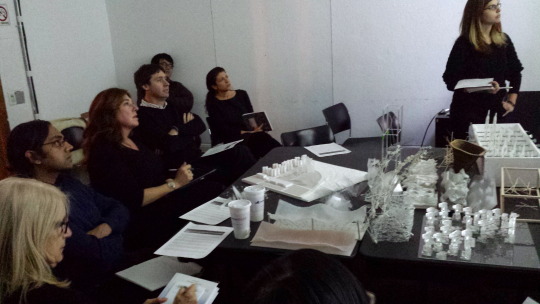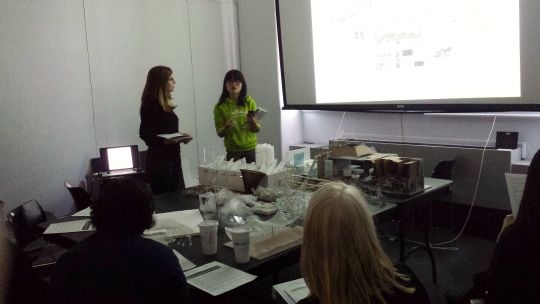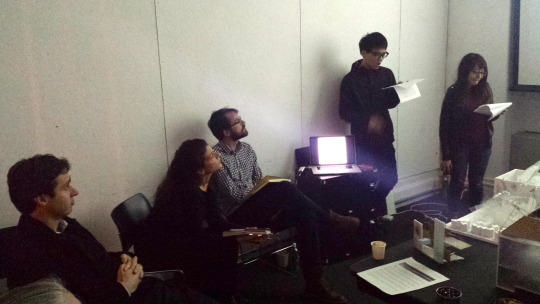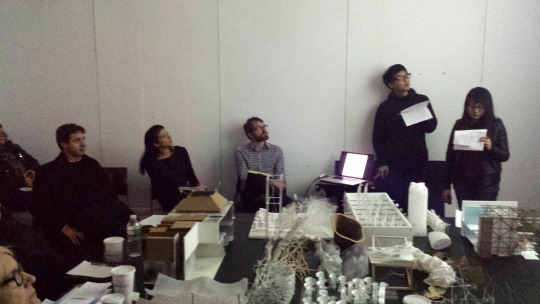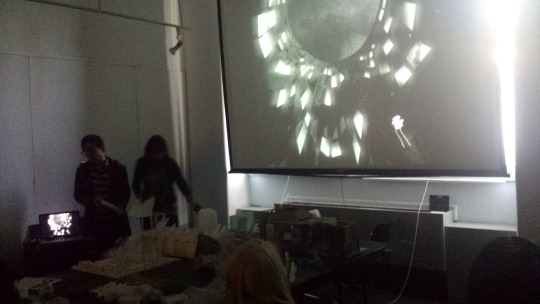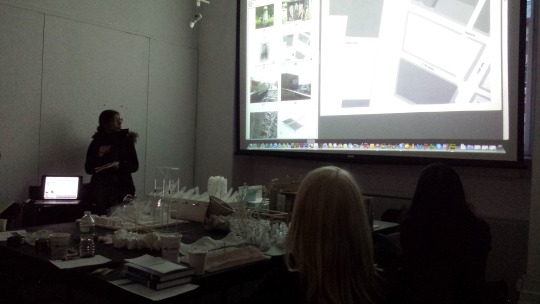Photo
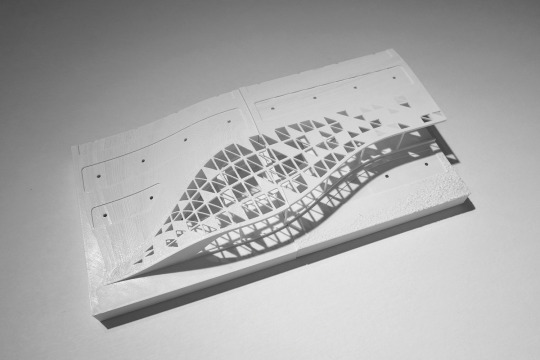





Metaphysical Memorial / Actual + Virtual Memorial Farm
A prototype unit model of a single station that functions as a greenhouse with underground data server
0 notes
Text
Islamic graves
In Islam, graves are usually 1m x 2.2m and L-shaped in section. This is because right before burial, part of the white cotton shroud is removed to expose the face. This cavity shows respect to the deceased by protecting his/her upper body and face from dirt when the grave is filled. The body is placed on its right side with the face oriented towards Mecca.
Rand
0 notes
Text
Bedouin Cemetery
The Bedouin cemetery we visited was rectangular in shape, delineated by rocks, and located on a slightly elevated plateau in Wadi Rum. Its age remains unknown because although the graves were not facing Mecca, our guide explained that that could be due to ignorance of proper Islamic burial traditions, and not due to its establishment prior to the spread of Islam in the region.
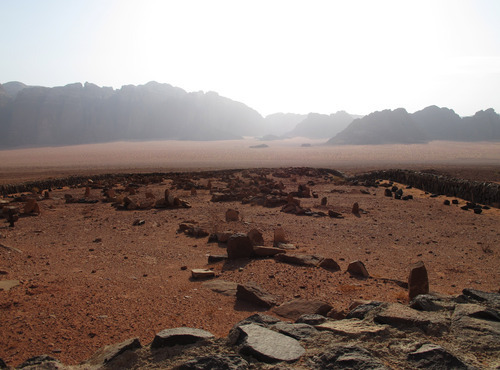
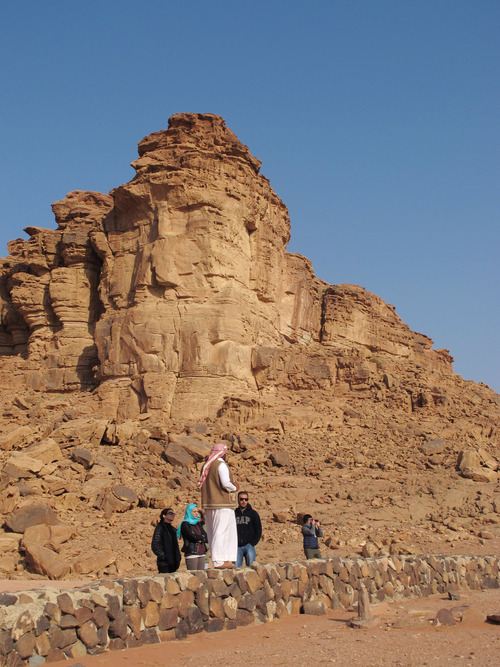
Rocks laid flat encircled the graves, and were built up in some instances towards the direction of the wind, sheltering the graves from sand deposition. We were surprised by a single marked grave which suggested the year of death as 1994, however, we found out that this is a common prank among teenagers in the community.
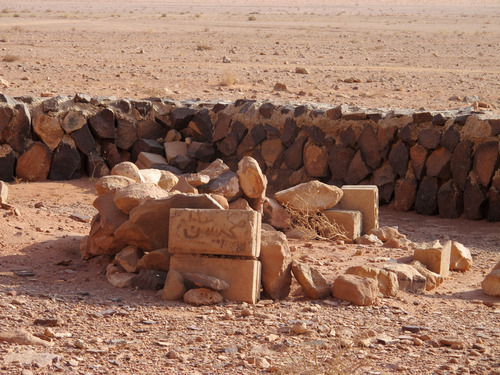
Rand
0 notes
Text
Traditional Bedouin Burial
While at the camp in Wadi Rum, our Bedouin hosts patiently and generously answered our questions regarding their traditional burial methods. Historically, they buried their dead in the rock outcroppings and mountains of Wadi Rum, similar to the Nabataeans in Petra. Generally, a tomb would be built and prepared by the person who will occupy it, however, there are instances of larger group tombs for members of the same family. Grave markings on the stone were common but rather than writing the name of the deceased, they would draw the symbol of the tribe.
In more recent history after the spread of Islam, the tribes (particularly those who were nomadic in nature) would bury their deceased in the desert as they move along. Ideally, the location of burial would be close to a water source where the body can be washed and cleansed. Elevated sites were also preferred because they were sheltered from deposition. The body of the deceased was encased by a woven structure made out of green wood found in the desert and secured into the ground using available materials such as mud and animal droppings. As in traditional Islamic burial, the body of the deceased would be oriented towards Mecca. Prior to their settlement and the creation of communal cemeteries, it was uncommon practice to visit graves.
Rand
0 notes
Text
Jordanian Burial Grounds Encountered
We were introduced to the typical burial practices in Amman by the municipal authority which runs and maintains the city cemetery. The three main types of burial grounds as were described to us are public, private, and municipal.
Public cemeteries are free of charge for any Muslim, but the relatives of the deceased must make all of the arrangements for the burial—washing the body in the home, digging the grave, arranging for an Imam to perform rites on the body and placing the body in the ground. Public burial grounds are segregated by gender.

Full mid-20th century cemetery from Amman
Private cemeteries, which are either Christian, or more typically, family burial plots where relatives can be laid to rest within one contiguous area. Family burial grounds generally cost around 10,000 JD, but can hold multiple family members.
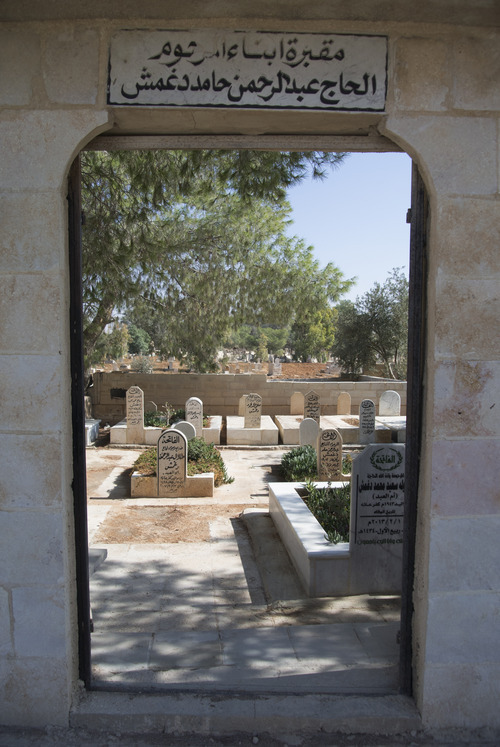
Well maintained private plot within Sahab, Amman

Christian Mausoleum, Amman
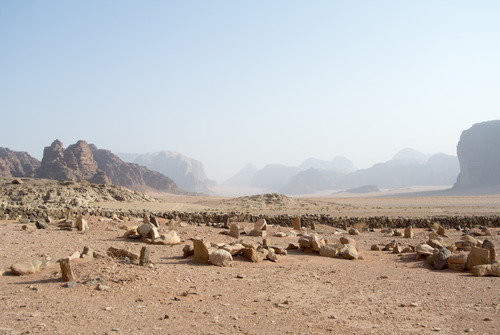
Bedouin burial ground, Wadi Rum
The municipal cemetery in Amman is Sahab, where the vast majority of the city’s population is laid to rest, has been in service since 1977.

Conditions of 1st burial expanse, Sahab, Amman
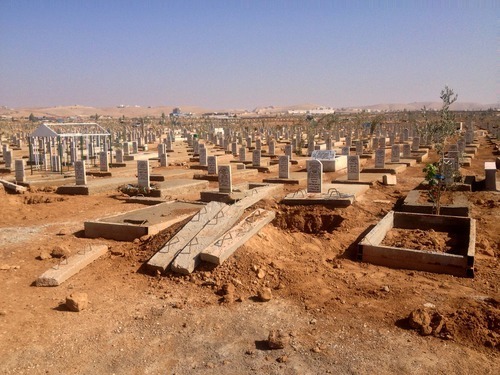
Current burial plot, Sahab, Amman
We also encountered a decommissioned and a growing cemetery at the Palestinian Refugee camp Jerash.
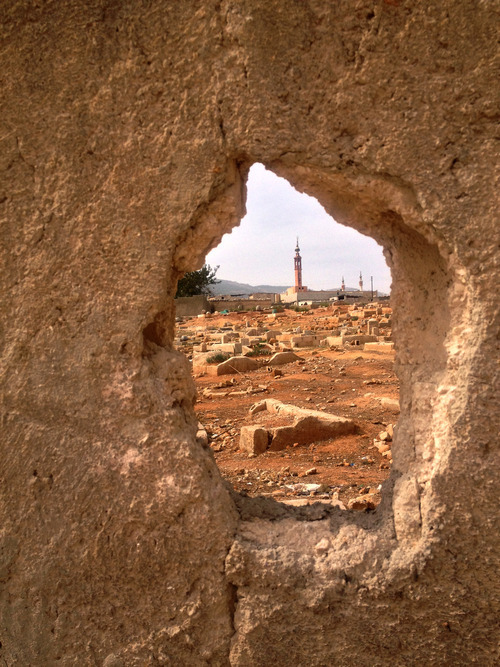
Full burial ground, Jerash Camp
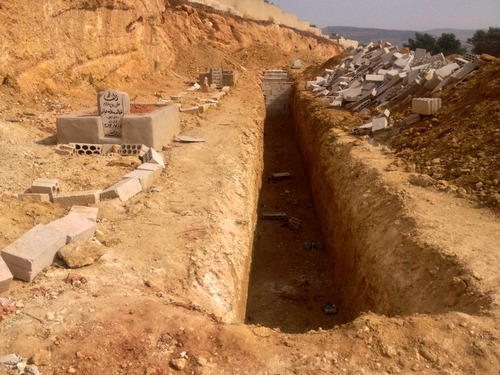
Current burial ground, Jerash Camp
Micah Stroup
0 notes
Text
Parking Building Venue
In the evening of Nov.4th, we attended a lecture by Moataz Faissal and Karla. The venue of the lecture was so special that I thought of it several times on the way back to NYC.
The place was on the 13th floor of a parking garage building at the downtown of Amman. Before we went to the place, all the students of our team except me knew that the venue was a parking garage. When the car stopped at the ground floor of the building, I felt a little bit weird that the shops along the corridor at the ground floor of the ‘office tower’ were so strange. They were all cheap western-style clothes shops with poor decoration. I thought it might be a normal condition in Amman and didn't pay much attention about it. We took an elevator in the end of the corridor and went up to the 13th floor. On the way to 13th floor, two guys took off the elevator at 8th floor. When the doors opened, I was shocked by the scene in front of me, a parking garage which was almost empty!

When we arrived in the venue, the chairs in the center of the ‘lecture hall’ were already full. A projector, a screen and some electronic facilities were located in the front of seats. In this place, I could feel the wind, hear the sound from the street and see the scenery of the city.
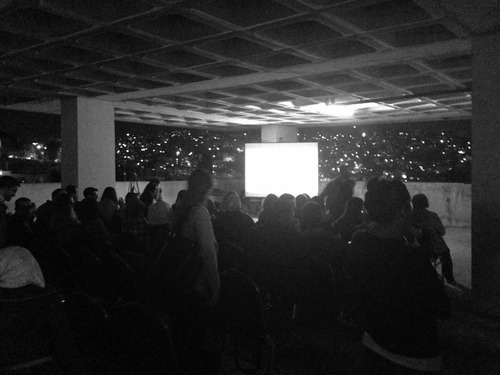
I remembered when Moataz was doing the presentation, there was a prey music going on from a mosque at the same time, very beautiful and sacred. I felt like this was the right place for the lecture’s content—a city of dead in Cairo. The mixture of the lecture’s content, picture projected on the screen, sound from the mosque and the urban landscape behind together established a comprehensive experience which I've never had before. It was an aggressive modern live performance interacted with the city.

Ruoyu Wei
0 notes
Video
Jerash camp
Sarah
0 notes
Text
Refuge Camps -UNRWA - Jerash
The Jerash camp is home to 13,000-14,000 refugees - these refugees came from Gaza to Jordan. This camp is unique in that the residents have no national rights under the Jordanian government - they are not permitted to work within Jordan or own land within the camp. The camp was started in 1968, although it is fairly built up, it is severely lacking in infrastructure.


The main stakeholders in the camp are its beneficiaries, the Department of Palestinian Affairs (DPA) represented by the Camp Service Committee, Swiss Development Cooperation (SDC), camp CBOs and NGOs. The strategy is one of self help -the more that UNRWA can teach the residents to be self sustaining the more that relief funds can be spread through the camp. The community is included from the beginning of any intervention and the basis for any concentrated relief is explained to the community -at times the community is given opportunities to challenge decisions made by UNRWA. The poorest of the poor are addressed first, with the hope that everyone can attain at least a minimum quality of life.
The cemetery that was located on the perimeter of the camp reached capacity and another cemetery was started in an adjacent plot -the secondary cemetery falls outside the boundaries of the city. Land is very tight and the boundaries of the camp are very strict -in addition, the people of the camp do not want to be located in the immediate vicinity of the cemetery. The land was difficult to obtain, it is more difficult to manage because of the slope of the terrain and the hardness of the soil. The Imaam of the camp takes donations throughout the year and due to these funds burials are free to the inhabitants of Jerash camp.
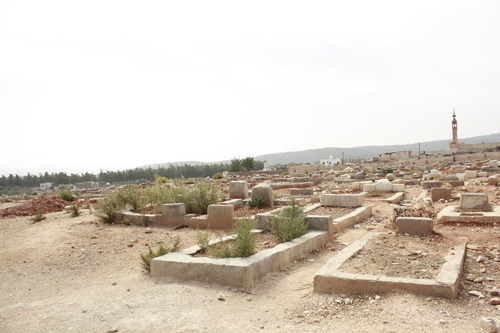

While we were in the camp we met a man that was kind enough to take us around. We asked him what would happen to the dead if the people of Jerash camp could go home to Palestine: he said they would return, but the dead would not. He said very simply that death was permanent and that the dead would not be moved. The dead deserve respect and the procedure of removing them from the ground and moving them does not maintain their dignity.

Sarah
0 notes
Text
Cairo City of the Dead: Extraordinary Coexistence_Moataz Faissal Farid
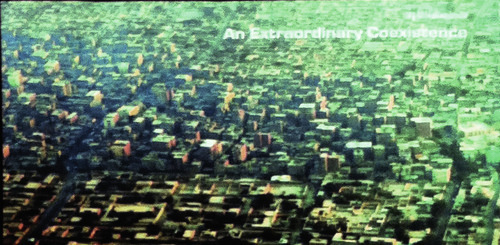
In Cairo, the City of the Dead is a place where the living reside among the dead. The history of Egyptian burial is part of what makes this “extraordinary coexistence possible. Tombs and cemeteries were placed on the West side of the Nile River; they chose the West based on the setting of the sun as a symbol of death. For many families did not live close to these burials sites and the long journey necessitated a place to stay and rest by the gravesite so small courtyard spaces were built around the tombs so families could rest there after their long journey. The owners of these tombs, the families of the deceased, also hired tomb guardians essentially that would live in these courtyard spaces and maintain and protect the tombs while the families were away. Sacredness is really subjective, and those who build the tomb responding to conditions of the time determine the relation of the living to the dead.
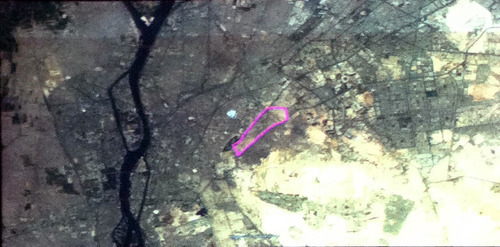
From the period of 1250 to 1982 the population of Cairo grew, and people living on the eastern bordered of Palestine escaped to Cairo during conflict however there were few affordable housing options in Cairo so this transient population began to join the population living among the tombs.
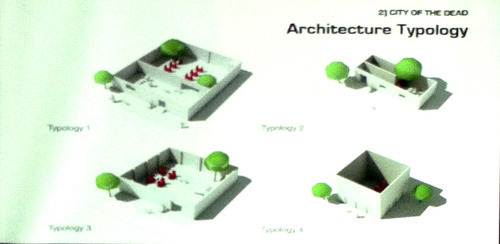

This area is at the intersection of city centers of Cairo and it is considered very much a part of the city. 8 million of the 18 million people of Cairo live in slum conditions. and much of the land is taken up by informal settlements either on agricultural land, desert land, or on deteriorated historical sites. The city of the dead ids located between the informal historic settlements and the desert settlements. The City of the Dead is made an island because highways that make an invisible wall surround it and there is no pedestrian activity along the highway. The population of the city of the dead is also isolated. The general population of Cairo sees the people living in the City of the Dead as sacrilegious, disrespectful, and profane. However the City of the Dead is a high functioning community with schools, hospitals, mosques, and public open spaces. Also the living conditions here are much better than those of the surrounding slums that are extremely dense, overpopulated, and polluted. The people in the City of the Dead prefer to peacefulness and would rather live in close proximity to tombs than move to one of the slums.

Moataz has spent time studying the lives of people in the City of the dead in order to understand has this superposition came to be. The future plan for Cairo 2050, includes completely wiping out the City of the Dead dislocating the population of 800,000, leaving only the most important historic landmarks and implanting a completely unrealistic paradise called Cairo Central Park.
Why is the vibrant community ostracized and need to be wiped out just because people are living among the dead? In a time when mutlifunctionality and ecosustainability are so important, the unplanned phenomenon of coexistence that occurs in The City of the Dead is a compelling case to study.

Moataz collaborated with a group of young Italian architects liveinslums (liveinslums.org) on and ecological urbanism project in the city of the dead. Workshops were held with the community to build a sustainable landscape, or micro green corridor, through local produce of food and energy through urban farming in the many courtyards and open spaces in the city. This reaps social and economic benefits for the current population by creating a productive market for both the inhabitants and visitors. Growing plants has given many residents a great sense of pleasure and when fruit is finally produced there is much joy and celebration among the community for their accomplishments. The interaction with outsiders in the marketplace is also beginning to legitimize this stigmatized community. People who had only passed by before now can engage with the community and see that it is a vibrant and healthy area that should be reconsidered by Cairo as a successful, integral, and possibly essential part of their urban community.
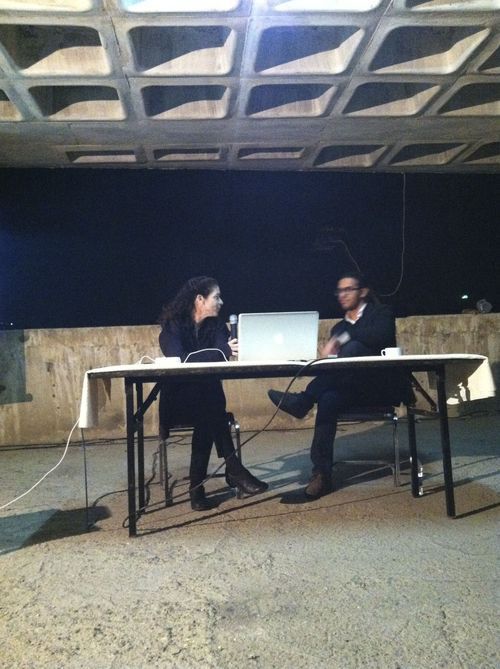
Michelle Mortensen
0 notes
Photo
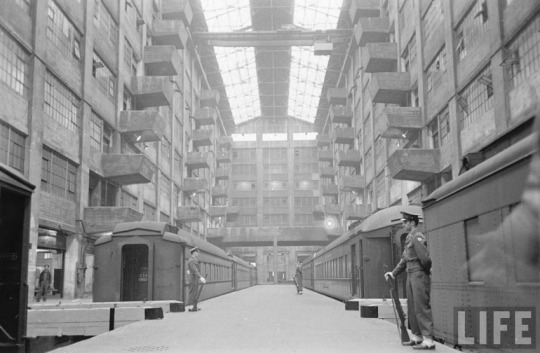
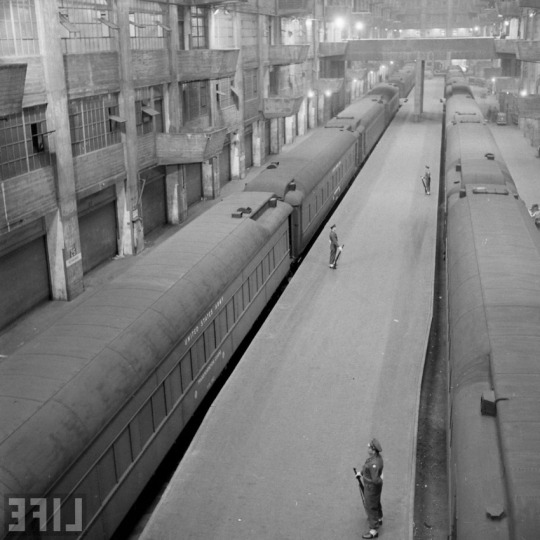
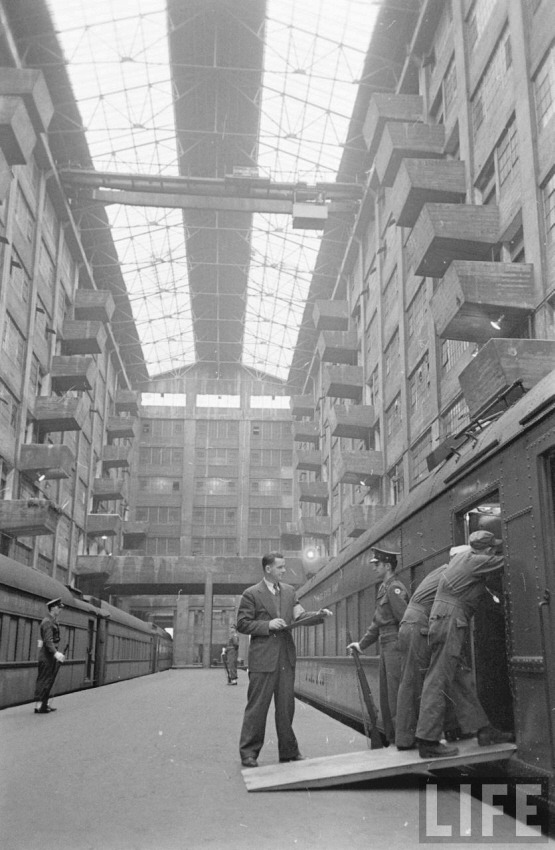
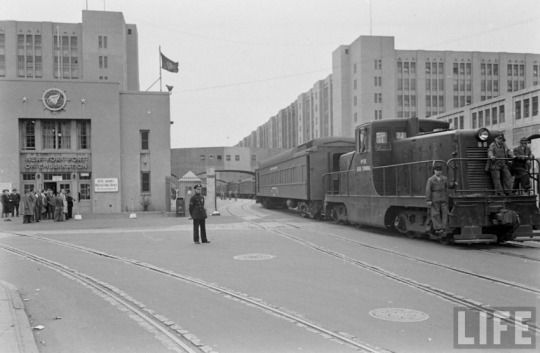
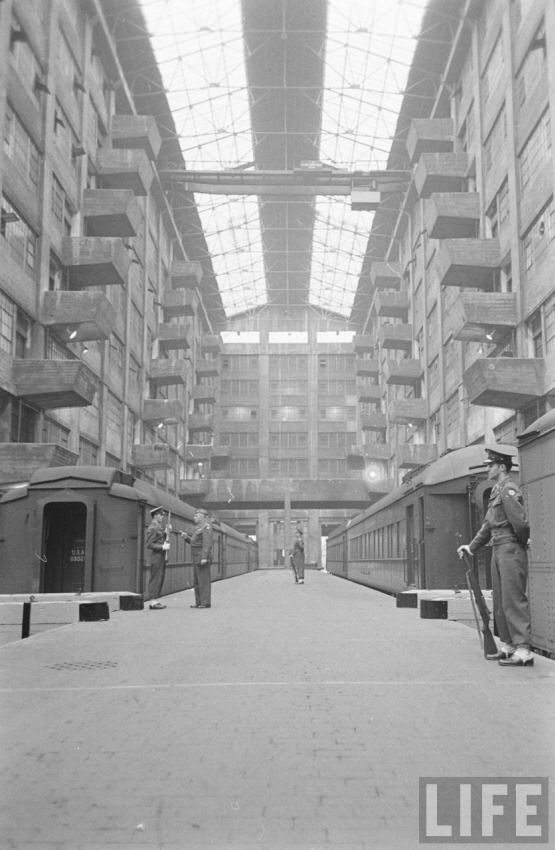

Profane & Sacred Spaces / Brooklyn Army Terminal
Historical image source:
Life Magazine archives
Michael Rougier, November 1947
#nyc#deathlab#profane & sacred spaces#brooklyn army terminal#Rothstein-studio-F13#GSAPP#kdk2126#kangsan danny kim
0 notes
Photo
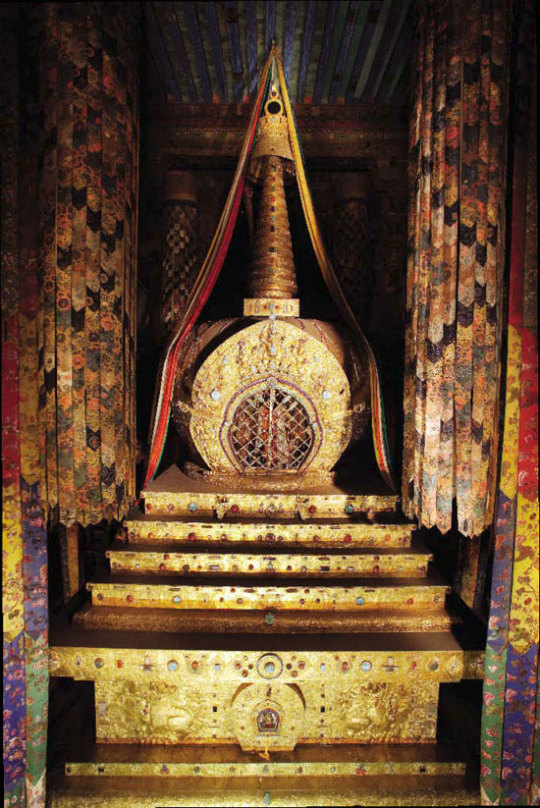
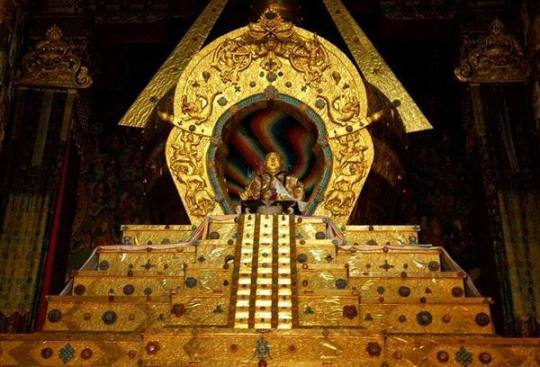

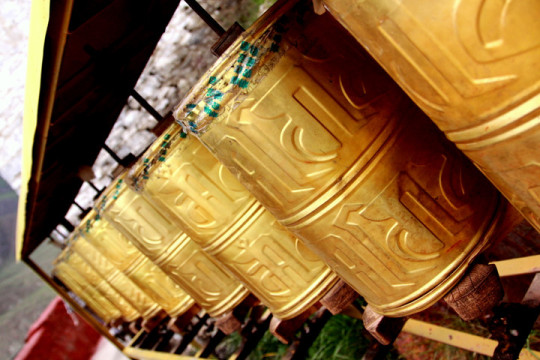

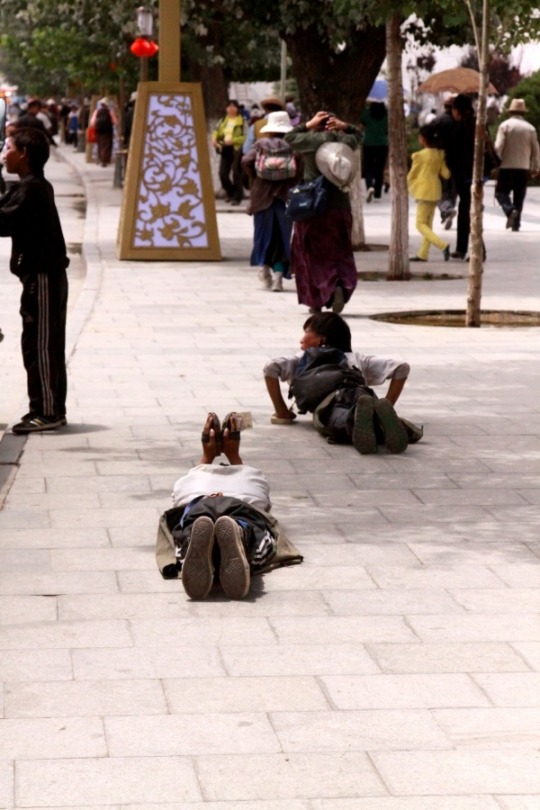

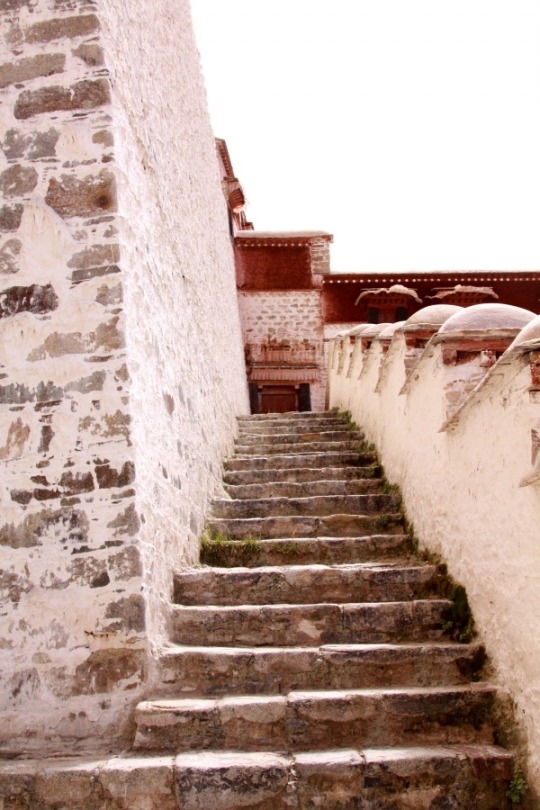
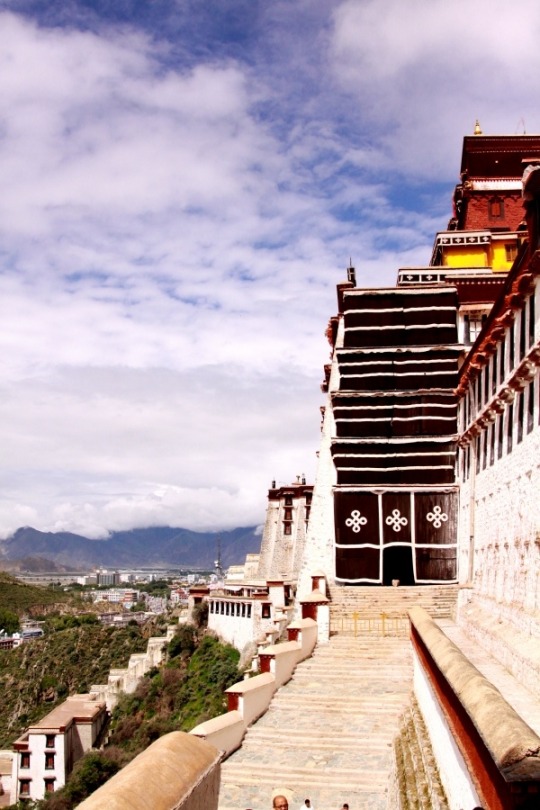
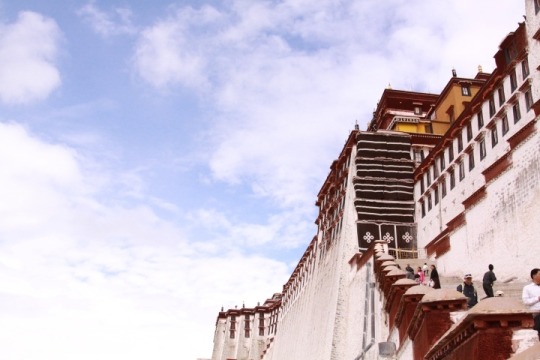
These photos describe the memorial and religional objects, people's memorial rituals and architectural traditions that choreograph a sacred journey for the civic in Tibet.
1 note
·
View note
Text
Profane & Sacred Spaces


Wuhan Jinhui Heaven
- A Cultural and Eco-friendly Cemetery
This newly built cemetery has raised a heated discussion about whether the traditionally banned habit of lavish funeral is coming back again. It takes up more than 270000 square feet and costs around 1.8 million. However the fact that the site used to be deserted hills and landfills and that the cemetery only allows eco-friendly methods to process remains make it reasonable to claim that it's a cultural and eco-friendly cemetery.
The cemetery has 400 thousands spots that can be used for remain storage. The design of the cemetery fully incorporated Chinese traditional architecture and landscape planning style.
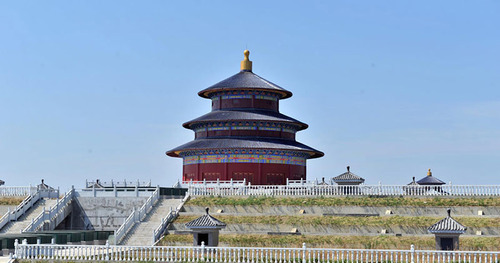
The two Earth Palaces, which resemble the design of the Temple of Heaven, one locates in north while the other in south. Each one is 30-40 meters tall and is empty on the inside. It has three levels which are used to place cremated remains. The elegant appearance also made it a pleasant experience for tourists.
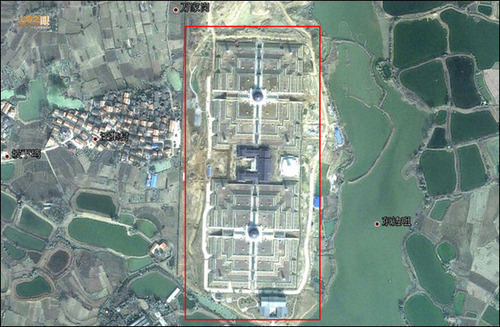
The landscape design strictly limit the circulation path in two directions that goes perpendicular to each other. The path that goes in north-south direction is close to 3000 ft long and has skylights and marble flooring.
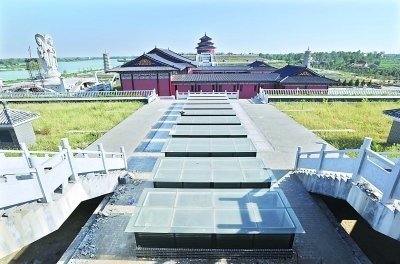
The paths cut into the Earth Palace and separate them into small chambers that contain free-standing shelves and wall-shelves for storage of cremated remains.
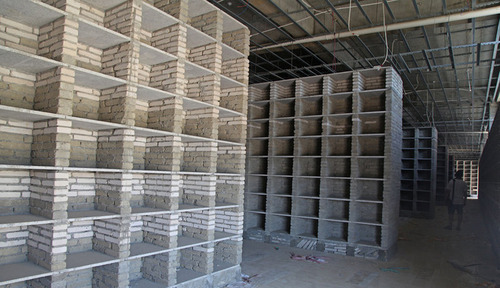
The building in the middle is the central sanctuary space.
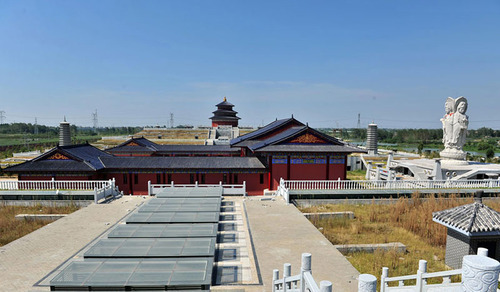
The 60 ft-tall Guanyin statue and towers are traditional Chinese memorial symbols.
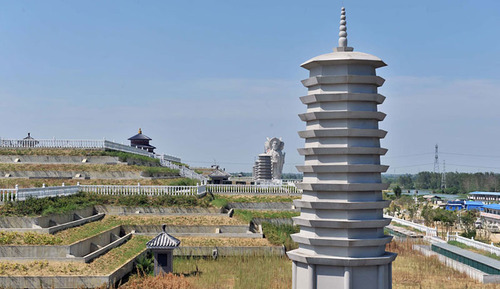
The cemetery only allows processing methods including lawn burial, flower burial, tree burial, wall burial and cremation.
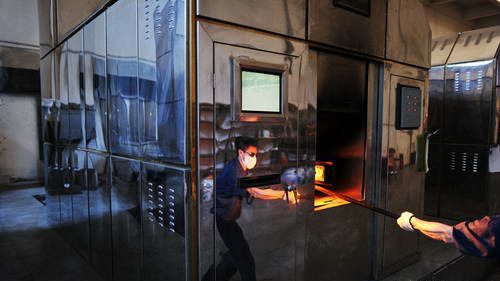
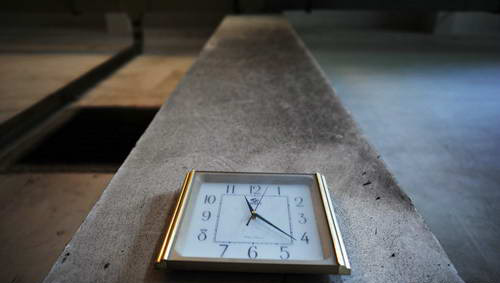
cremation
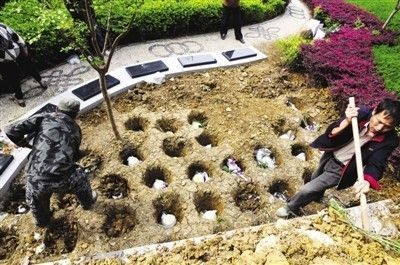
flower burial
0 notes
Video
vimeo
Profane & Sacred Spaces:
"30 Vaults" Green-Wood Cemetery, Brooklyn NY
please click here for HD video
#nyc#deathlab#profane & sacred spaces#Green-Wood Cemetery#Cemetery#kdk2126#kangsan danny kim#Rothstein-studio-F13#GSAPP
0 notes
Photo
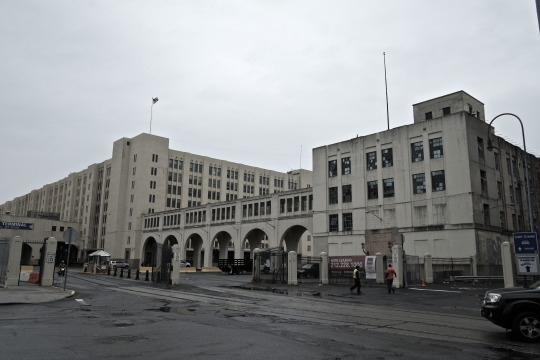
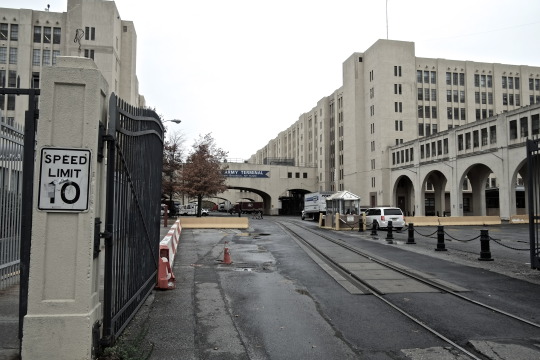
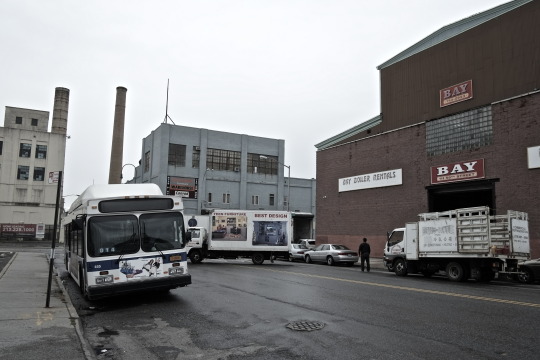
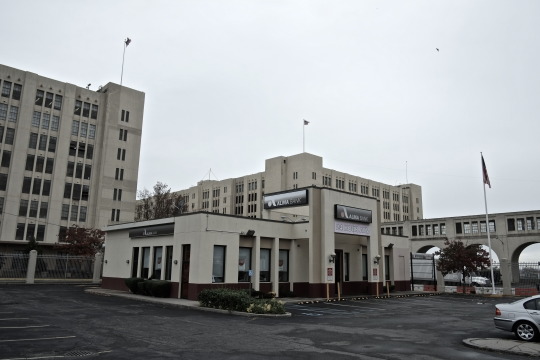
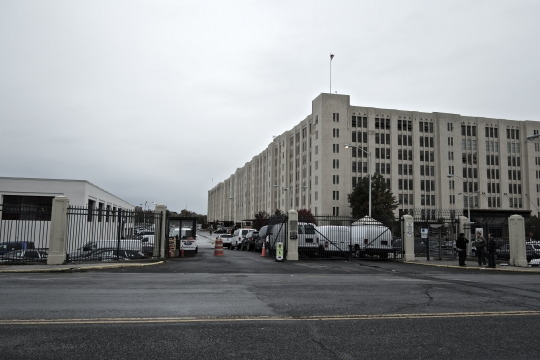
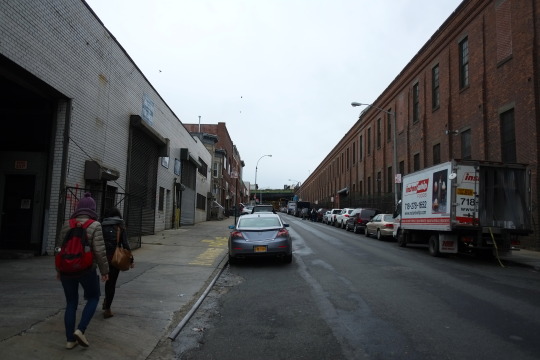
Profane & Sacred Spaces
Brooklyn Army Terminal:
The Brooklyn Army Terminal is a large complex of warehouses, offices, piers, docks, cranes, rail sidings and cargo loading equipment on 95 acres (380,000 m2) between 58th and 63rd Street in Sunset Park, Brooklyn, New York. It was the largest military supply base in the United States throughWorld War II, and was later redeveloped for commercial use.
0 notes
Photo
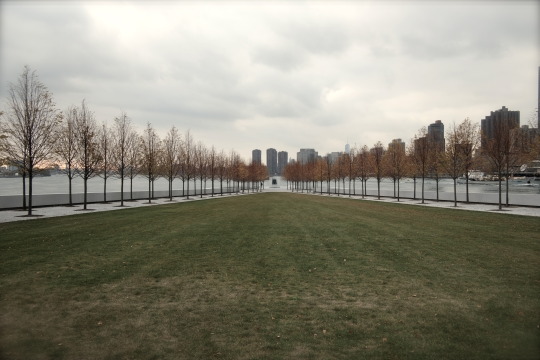
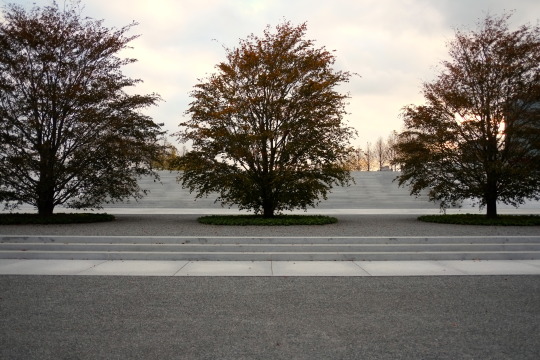


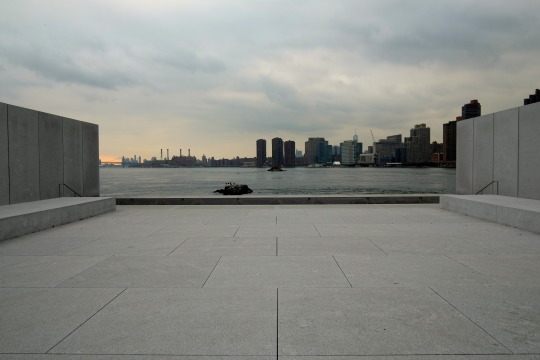
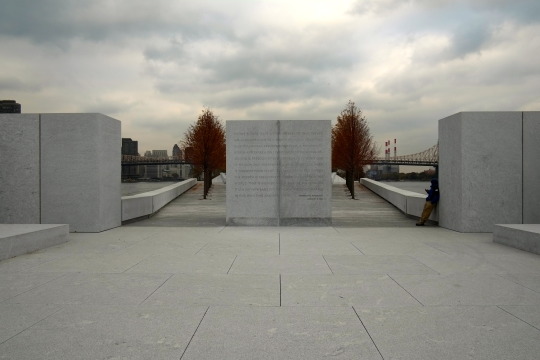
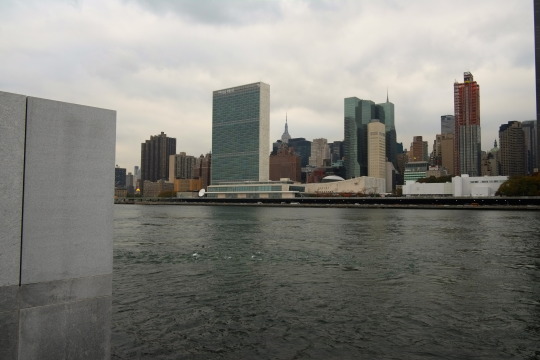
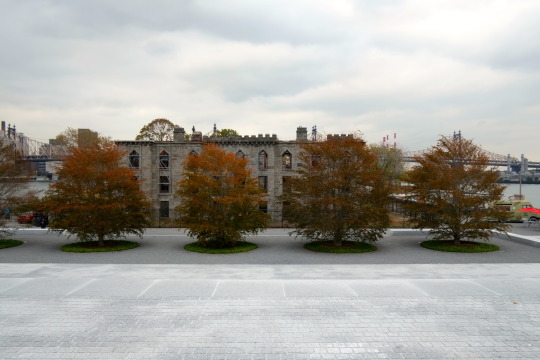
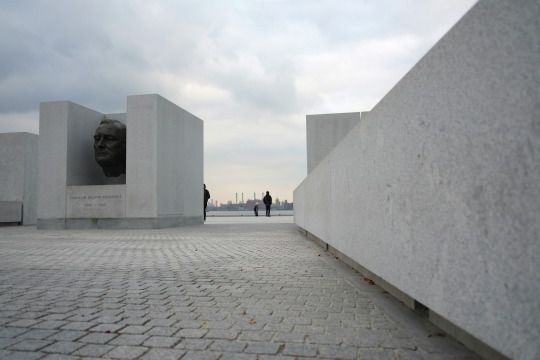

Secular & Scared Spaces
Franklin D. Roosevelt Four Freedoms Park
#nyc#deathlab#deathstudio#memorial#Four Freedoms Park#Roosevelt#Rothstein-studio-F13#kdk2126#kangsan danny kim#GSAPP#secular & scared spaces
0 notes
